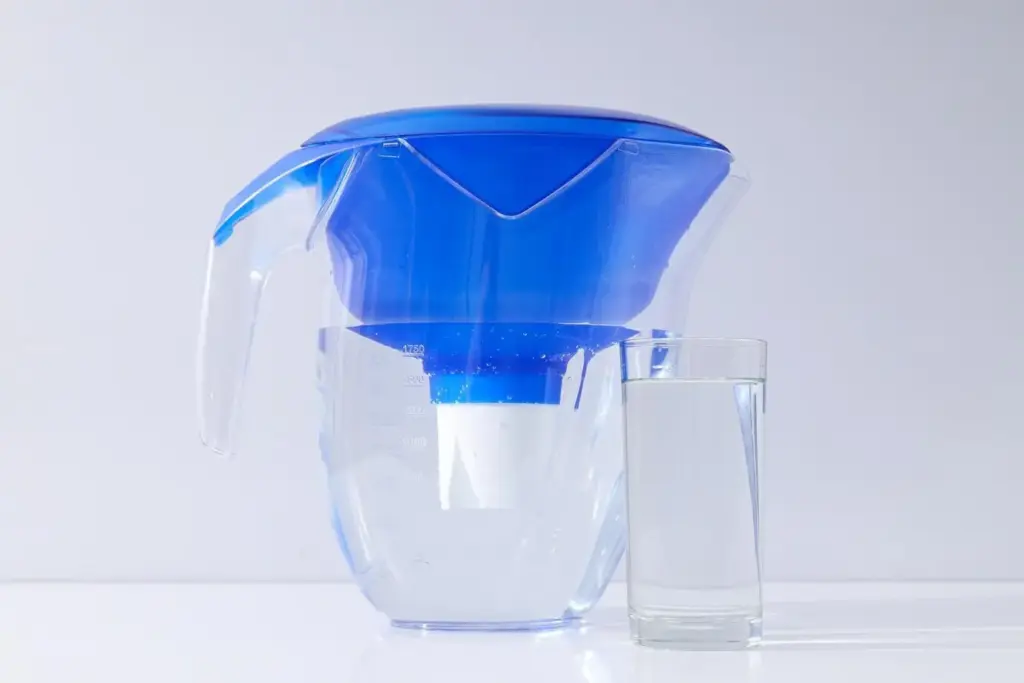Catch the Rain, Empower Your Home

Today we explore designing rainwater harvesting systems for residential homes, translating stormy afternoons and gentle drizzles into dependable, clean water for gardens, laundry, flushing, and even carefully treated indoor use. Expect practical calculations, design sketches in words, and real-world lessons learned from retrofits and new builds. Join in with your questions, share regional rainfall quirks, and help others discover how a well-designed system protects budgets, landscapes, and aquifers while adding resilient comfort to everyday living.


Start With the Sky: Climate, Roofs, and Reliable Catchment
Great design begins with understanding the rain you actually get, the surfaces you collect it from, and the pathways it follows. Before buying tanks or pumps, we read local rainfall data, roof material specifications, drainage details, and seasonal patterns. A homeowner in Perth discovered that shifting a single downspout doubled capture in dry months. We will help you see those hidden opportunities and avoid missteps that turn promising systems into oversized ornaments.
Store What You’ll Use: Sizing Tanks and Matching Demand
The best tank is not the biggest; it is the one that aligns capture with needs through the driest predictable period. We translate household habits, fixture efficiencies, and irrigation plans into a balanced storage strategy. A family in Austin downsized from two oversized cisterns to one smartly placed tank, improving turnover and water freshness. By matching storage to behavior, systems stay active, clean, and financially sensible.
Filtration, Treatment, and Clear Water Confidence
Whether your goal is garden irrigation or carefully treated indoor use, clarity and safety rely on a layered plan. Sediment removal, finer filtration, and appropriate disinfection reduce risks and maintenance burdens. A couple in Wellington solved murky laundry water by adding a staged cartridge setup and a UV unit with flow-based control. Selecting the right sequence avoids clogged filters and ensures resilient, delightful results.
Move It Smoothly: Pumps, Gravity, and Smart Controls
Getting water to the right place at the right pressure turns storage into daily reliability. Efficient pumps, gentle flow paths, and sensor-driven logic reduce noise, energy, and hassle. A retrofit in Portland swapped a constant-speed unit for a variable-speed booster and halved power use while taming pressure spikes. Thoughtful controls also protect pumps from running dry and keep tanks within healthy turnover ranges.

Selecting Quiet, Efficient Pump Systems
Match pump curves to expected flow and pressure, avoiding oversized units that scream and short-cycle. Consider variable-speed boosters for multi-fixture homes. Add a small expansion tank, vibration pads, and flexible connections to hush vibrations. Place the pump in a ventilated, weather-protected nook. The result feels seamless—steady taps, calmer hoses, and energy bills that thank your patience.

Harnessing Gravity and Managing Pressure
When site slopes cooperate, gravity provides silent, zero-energy delivery. Elevated tanks or hillside placements create consistent head pressure with minimal equipment. Use pressure-reducing valves where needed, and design pipe diameters to limit friction losses. Blend gravity with a small booster for peak periods. This hybrid approach empowers redundancy during outages and keeps maintenance approachable for busy families.
Build Legally, Save Money: Codes, Incentives, and Safety
Confidence grows when your system meets local rules and earns financial support. Codes define cross-connection safeguards, backflow preventers, and labeling. Incentives often reward stormwater reductions, low-impact landscaping, and storage volume. One homeowner secured a city rebate after documenting overflow infiltration and safe hose bib signage. The result was a safer build, a quicker payback, and smoother resale conversations with cautious buyers.

Seasonal Checklists That Prevent Surprises

Before the wet season, clear gutters, test first-flush valves, and confirm overflow paths. Midseason, glance at filter housings and pressure gauges. Before summer, shade exposed tanks and inspect pump cooling airflow. Keep a one-page checklist near the system. These habits convert potential headaches into five calm minutes, preserving quiet confidence and dependable results all year.
Track What Matters: Meters, Dashboards, and Alarms

Inline flow meters and level sensors reveal capture, use, and storage at a glance. Simple dashboards highlight trends, while text alerts flag abnormal behavior before it grows costly. Watching data change with weather deepens understanding and invites family participation. The system becomes a learning tool that nurtures conservation and celebrates the first big storm of autumn.
Invite Conversations and Share What You Learn

Host a backyard walkthrough, post a short build summary, or share maintenance tips with neighbors. Kids love seeing leaf screens in action, and local gardeners appreciate reliable non-potable supply. Your experience helps others avoid dead-ends and chase the wins. Ask questions back, subscribe for updates, and keep this collaborative momentum flowing like rain along a well-placed gutter.
All Rights Reserved.